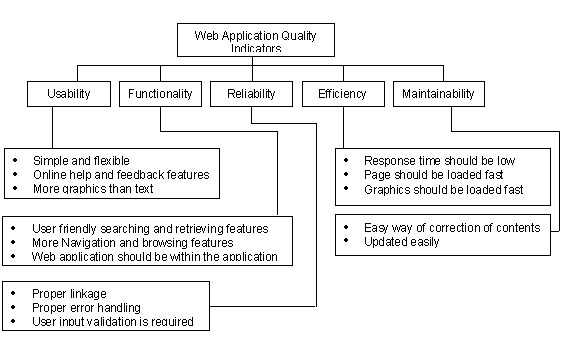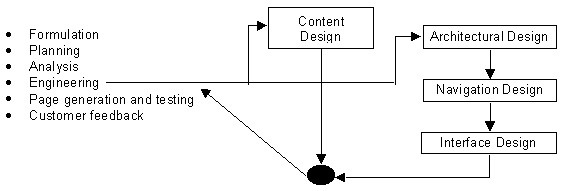|
Web Engineering – The technology for new millennium
Sushant Kumar, Computer Programmer sushant@sdalt.ernet.in
The World Wide Web and the Internet have created a revolution in the world of computing. We can download music, view movies, get medical advice, book hotel rooms, sell and purchase personal items, do banking, take college courses, schedule airline flights and railway reservations through the virtual world of the web. Now the web and the Internet are the most important developments in the history of computing. Web based systems and applications deliver a complex array of content and functionality to the end user. As web applications become increasingly integrated in business strategies for small and large companies through E-commerce there is a need to build reliable, usable and adaptable system. To achieve that, a disciplined approach of web development is necessary. Web applications are different from other categories of computer software. They are network intensive – i.e. they reside on the network and serve the needs of the diverse community of clients. A web application is content driven, as its primary function is to use hypermedia to present text, graphics, audio and video content to the end-user. The conventional application software undergoes a series of planning and subsequent processes. In the case of web applications, in addition to the above mentioned processes, the continuous evaluation plays a major role so far as the content is concerned. Characteristics 1. Immediacy: Web application has a characteristic immediacy that is not found in other types of software. It simply means that the time to market a complete website can be a matter of a few days or weeks but the developer must use the methods for planning, analysis, design, implementation and testing and develop the web site in a compressed time schedule. 2. Security: Because the web applications are available via network access, it is difficult but not impossible to limit the population of end-user who may access the application. In order to protect the sensitive content and provide secure modes of data transmission, strong security measures must be implemented within the web applications. 3. Aesthetics: Finally, the thing that is available for the user is the look and feel of the website. The Look and feel does not mean the use of graphics or the audio-visual interface but the interactivity and easiness to the user, which makes the site different and provides value added features. Features of the Web applications:
Technology: The design and implementation of web based systems uses two important technologies: component-based development and security. Component based development: Now a days, all the web based and application based systems are component based. There are three major component standards: COM/DCOM, CORBA and JavaBeans. These component based systems provide the reusability of system to the developer who, in turn, can replicate the system in other applications in a short span of time with a minimal cost and give the users a flexible service. Security: As the web application is a network-based application, it is open to the users for unauthorized access. Sometimes, internal users and even outside users can hack the network for their profit. So, the developer provides a variety of securities for their web applications like encryption technique, proper network infrastructure and firewalls. A Framework for Web Application: The life cycle of a Web application evolves from static content information to the dynamic user oriented system. For an optimum web application, it is necessary to develop a Web Engineering framework that consists of several effective processes. The process model is divided into different phases :
The first step of the web engineering process is the Formulation, wherein we can identify the objectives and goals of the web application. The second step is the Planning, wherein we can estimate the overall project cost, risk factors in developing the application and also develop a proper time schedule for planning of work. In the Analysis phase, we can define the technical requirement of the web application as well as the content of the application. The graphic designs are also planned in this phase of the framework. The Engineering phase consists of two parallel works. One is the content design - the task performed by the non-technical members of the team. At the same time, page design, text, graphics, audio, video, database design, component development and coding are part of the work of the technical members of the team. These two processes provide inputs to the Page generation phase. Page generation is a construction activity of the web application that uses many tools like Script languages (ASP, VBscript, Java script, perl, XML), Databases (SQL server, Dbase, Oracle), Editor (Front page, note pad), Graphics tool (PhotoShop, Corel) and many more third party tools. The content defined in the engineering phase is merged with the architectural, navigation and interface design to produce WebPages. The Testing phase is to uncover errors in the web application made by the web developer during the programming phase. After all, at the end of the process the application is aimed at the customer or end-user. So, the final feedback of the web application is by the customer and the changes will be carried out in the next phase of development. q
|

